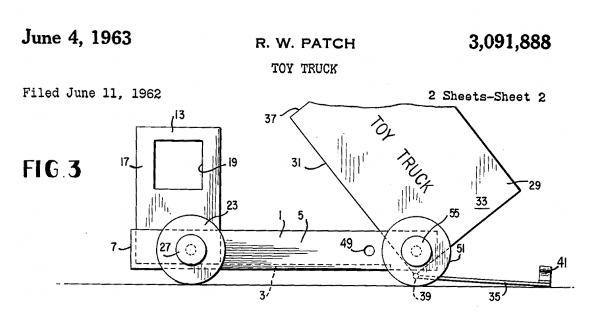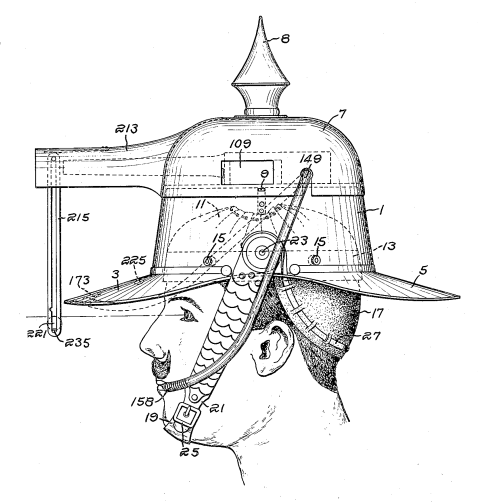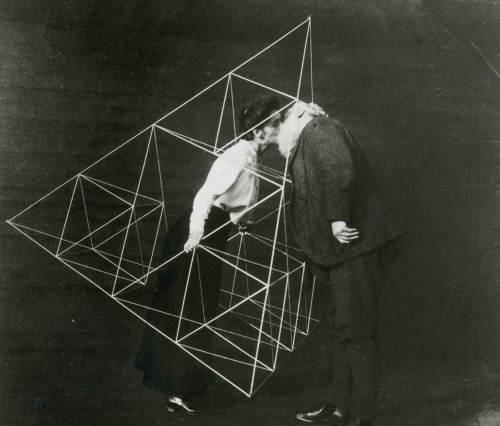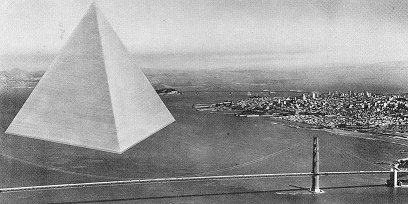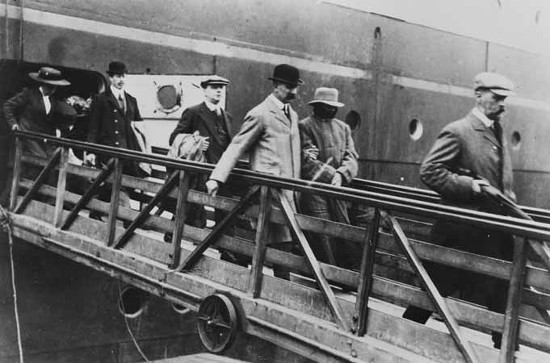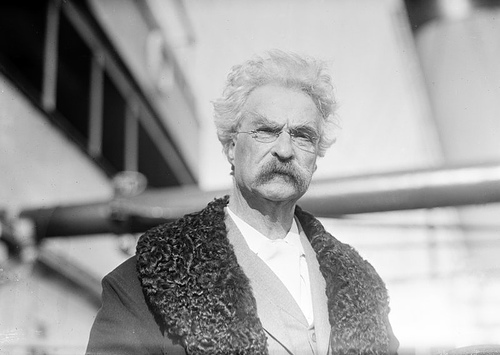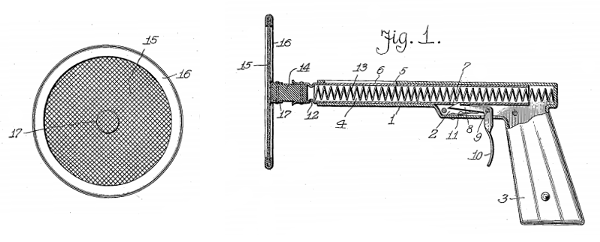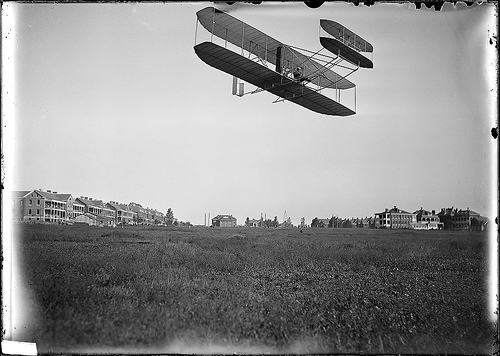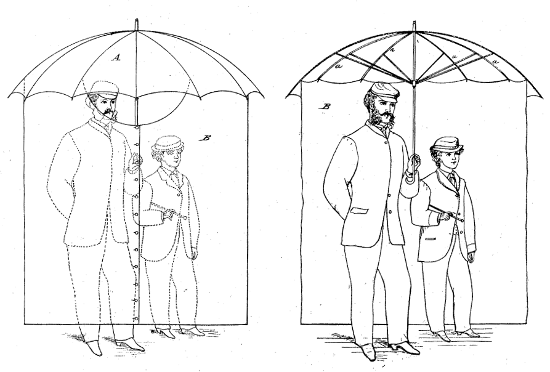
“It is highly desirable for the spectators at a baseball game to hear what is transpiring on the playing field,” observed inventor James Sellers in 1959, “such as arguments at the bases between opposing players, and discussions between the umpires and players.”
Accordingly he patented an “apparatus for transmitting sound from a baseball field.” Each base is fitted with a hidden microphone, which sends its signal to the announcers’ PA system.
“The sounds on the playing field can thus be transmitted through the control booth to the public address system so that spectators in the grandstand may hear what is taking place on the playing field.”
“By transmitting the sounds from the playing field to the grandstand, the spectators feel that they are taking part in the game. Also, it enables the spectators to judge a play better as they can hear the baseball strike the glove or mitt of a player.”


